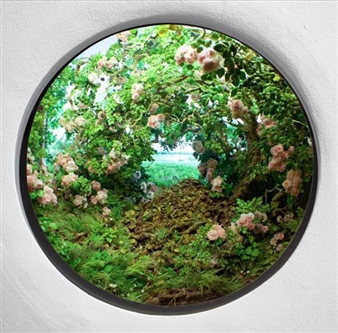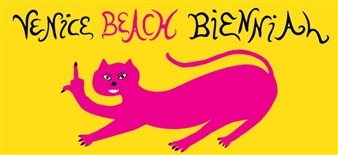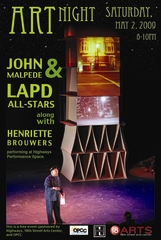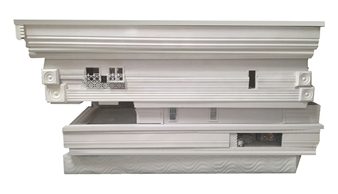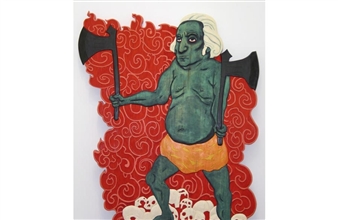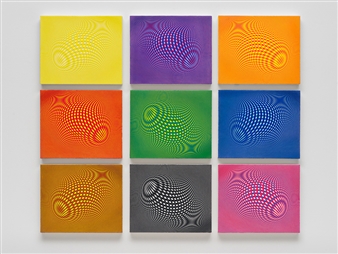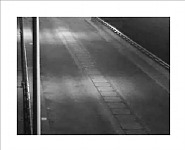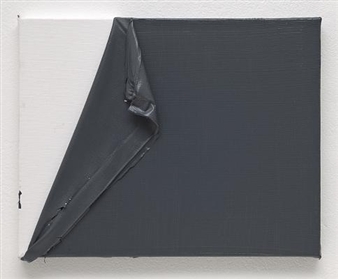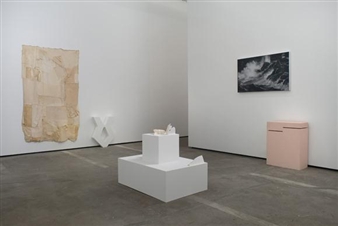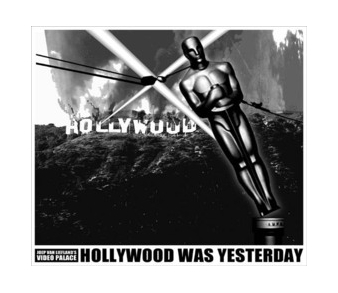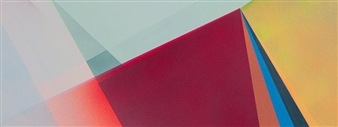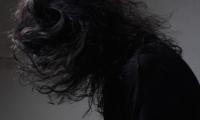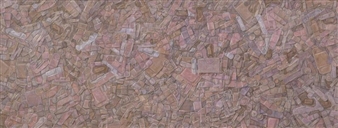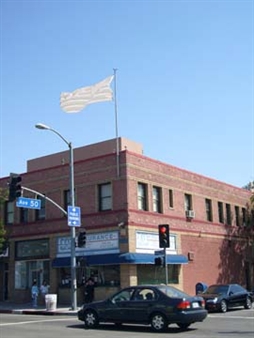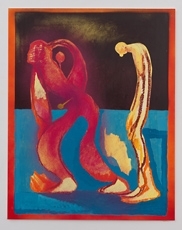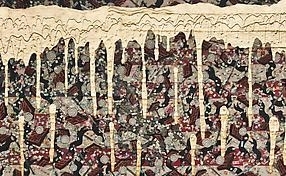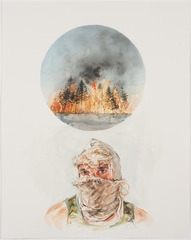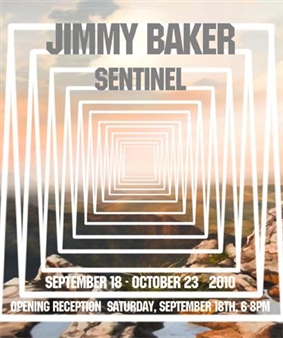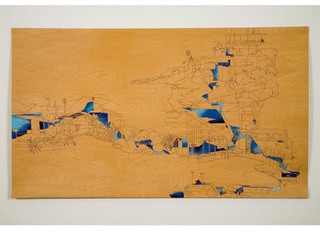Lift Me Up So I Can See Better
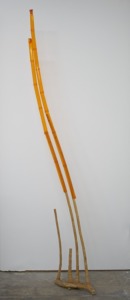
Shoshana Wayne Gallery, California, Santa Monica, 07/09/2016 - 09/03/2016
2525 Michigan Ave, B1·Santa Monica, CA 90404
Soon after arriving from Hong Kong to study at the University of California, Berkeley, in 1990, Shirley Tseabandoned philosophy for visual art, and relocated to Southern California, receiving an MFA from ArtCenter College of Design in 1996. Almost immediately she embraced plastics as material and metaphor. Of late, she has expanded her palette to glass baubles, wire mesh, figurative CelluClay sculptures, and literary texts; this is all on view in Tse’s latest exhibition, “Lift Me Up So I Can See Better,” which is partly inspired by Oscar Wilde’s sad children’s tale “The Happy Prince.” The exhibition will be on view at Shoshana Wayne Gallery in Santa Monica from July 9 through September 3, 2016.
FOR A LONG TIME I worked with carved pale blue Styrofoam insulation sheets and plastics. I became known for it. But then I found myself burning out. I asked myself: Since I need energy, why not build an electrical power plant? The result was the Power Tower installation that I showed at Pomona College Museum of Art in 2004. Speaking English as a second language, I take language very literally, and here I turned it into these sculptures. Power Tower involved a lot of research into the history of energy production and insulation materials, but it was linked to a personal narrative. Molding and carving these concurrent narratives became the new “plasticity” for me.
In 2009, I launched the “Quantum Shirley” series, which entailed making a new body of work using maps, fabric, metal, crystals, and video. “Quantum” turned out to be a very generative conceptual framework. It allowed me to make ongoing work that addresses the multidimensionality of experience, and how we negotiate dissonant realities. The pieces in this series combine personal stories, quantum theory, the trade movement of colonial products like rubber and vanilla, and the Chinese diaspora. But for now, the “Quantum Shirley” series is on hiatus.
“Lift Me Up So I Can See Better” is a departure from my previous output. A convergence of multiple events animates the works in this show. In 2014 I came upon a trove of variously colored glass chunks from the estate of the artist Miriam Wosk. Around the same time, I read Oscar Wilde’s story “The Happy Prince.” The story goes like this: A town erected a statue of a prince who died young. Gilded with gold leaf, the statue had precious gems for his eyes and his sword. But standing and looking out over the poverty across the city broke his heart, and he asked a swallow to pluck out the jewels for the poor.
I built a CelluClay model of the prince, using Wosk’s gems for his eyes, and set him high up on a C-stand. The stands repeat across the show in the sculptures Optic Nerves, Jade Tongue, and One Left. The gallery mesh used in these sculptures reappears in the form of a prostrate dead man in Happy Prince and Swallow, Horizontal. Gems, stands, wire, and eyes are reconfigured across the sculptures in various ways—but the allegorical sadness of Wilde’s story repeats across the work, too. The crumpled and ripped paper sculptureIncome Inequality is held together with slips of gold jewelry, a charm bracelet, and two chains, which was my “dowry” when I left Hong Kong. While I don’t work associatively in any deliberate way, I like forming connections between things and watching the way these connections can multiply across various levels.
I never liked figurative sculpture much, but since I’m pursuing heterogeneity on both a conceptual and material level, I decided to embrace my aversion and make a few figurative pieces to live alongside the more abstract sculptures. The exhibition as a whole, and some of the individual sculptures, are simultaneously figurative and abstract. For example, the wire mesh pieces in the “Vehicle” series look like heads with huge eyes as their only feature. These structures showcase some wonderful glassblowing remnants: They just happen to be formed like heads. Or, you could say that the head forms provide an excuse to examine these jagged glass chunks. In Hobo Eyeballs, the mesh and the glass chunks are draped over a blue stick that emerges from a bunch of large plastic grapes. It’s an exercise in balancing the weight of different materials; but then again, it can be seen as a pair of wandering eyeballs.
In this exhibition, I’m looking at form and plasticity and human experience in multiple ways. The pieces function together, but each stands alone. My recent work is decidedly sculptural. The challenge is to let different components negotiate with each other to form an integrated whole—an endeavor I think of as negotiated differences—which of course can extend beyond the gallery walls.
Rereading the Wilde story, I realize it’s a tale about seeing, and the position from which someone sees. The prince was oblivious to human suffering until he was given a different perspective. It’s a timely parable. We need a few happy princes and swallows who are willing to see and to take action now.
For More Information